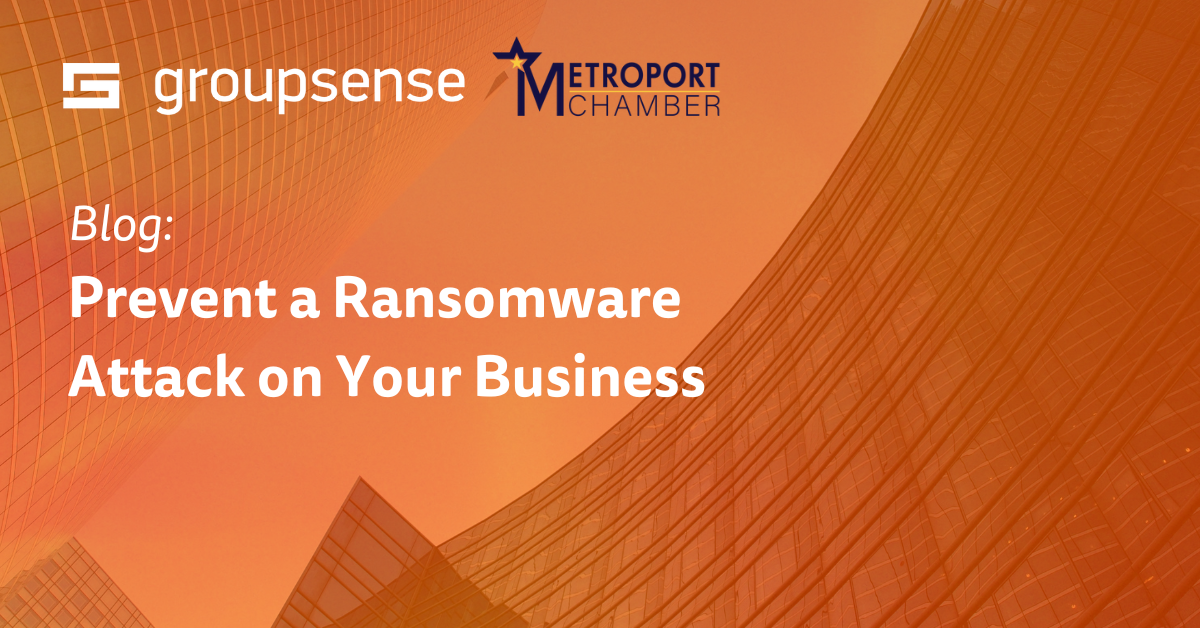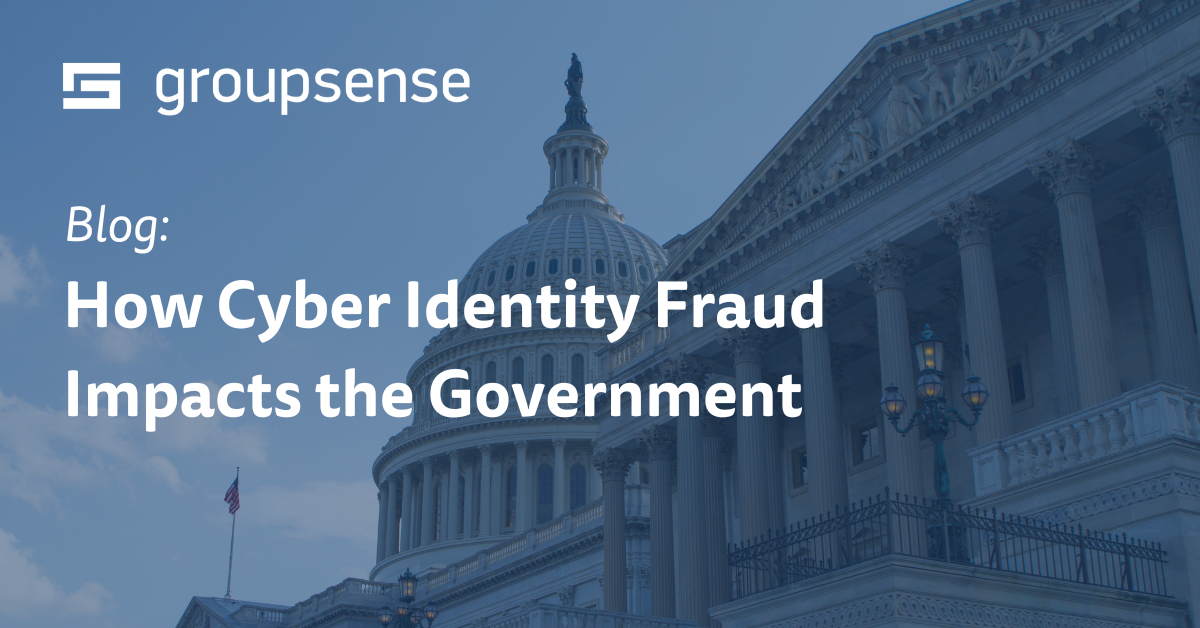Over the past few months, threat actors carried out highly targeted SMS phishing attacks against Twilio, CloudFlare, and Cisco. With security or cybersecurity practices of their own, threat actors were particularly bold in carrying out these attacks, and they achieved varying levels of success. One thing that threat actors can count on, however, is that people will click on links no matter how much security training they go through— human error caused 82% of breaches in 2021.
Phishing and Domain Attacks
Behind every well-executed phishing attack is a domain spoof. To successfully trick people into clicking on a link, the domain spoof needs to be similar to the target organization’s URL structure, with minimal variations. The trick of the trade is to pass the glance test— if an employee is glancing over a phishing email or an SMS phish, will they be suspicious of the URL? If not, the link will most likely be clicked.
How did three security-minded organizations fall victim to these attacks? Let’s dive in.
Twilio
In an incident report on Twilio’s site, the company reported that on August 4, Twilio was alerted to unauthorized access to some of their client’s accounts through stolen employee credentials. The company received alerts from current and former employees about text messages that were masqueraded as texts from Twilio’s IT department. There were two message groups, one claiming that passwords were expired, and the other claiming that the employee’s schedules had changed. The URLs in the texts included SSO (Single Sign On, a commonly used secure sign-in method), and Okta, a multi-factor authentication service. The texts came from US phone carriers.
Figure 1-2: Twilio phishing attack text messages. Source: Twilio
Cloudflare
On the Cloudflare blog, the company reported similar attacks to Twilio. While no systems were compromised in the attack due to the success of physical security keys, several Cloudflare employees clicked on malicious links. Their security team received reports that employees were getting convincing SMS phishing messages that pointed to a fake Cloudflare Okta login page. In less than one minute, 76 employees were targeted on personal and work phone numbers. Family members of employees also received messages. The malicious domain used in the messages was registered 40 minutes before the attack was carried out, which went unnoticed by Cloudflare’s own secure domain product.
Figure 3: Phishing attack text messages. Source: Cloudflare
Cisco
According to Cisco’s Talos Intelligence, In an MFA-spoofing attack, Cisco was attacked through an employee’s personal Google account that was syncing company credentials to the cloud. The threat actor then targeted this employee with SMS phishing, voice call phishing, and repeated MFA push notifications. The actor gained access from one of the MFA phishing attempts related to the company’s VPN provider. After gaining access, the actor “conducted a variety of activities to maintain access, minimize forensic artifacts, and increase their level of access to systems within the environment.” Unlike Twilio and Cloudflare, Cisco assessed with high confidence that the attacks were carried out by an initial access broker with ties to UNC2447, a cyber crime gang, Lapus$ threat actor group, and the Yanluowang ransomware group.
Preventing Domain Spoofing
Avoiding phishing attacks requires two major components: security awareness training and an always-on domain alerting service. While awareness training won’t solve every problem or prevent every click, a study by KnowBe4 found that after phishing training, employees prone to phishing decreased from 32.4% to 17.6% after 90 days.
When combined with always-on suspicious domain alerting, the chances of your organization falling victim to a phishing attack decrease significantly. Unfortunately for Cloudflare, their domain tool was not alerted in time to prevent the phishing attack. Your organization’s domain alerting solution should be monitoring the web 24/7 to reduce your digital risk.
GroupSense Digital Risk Protection
With GroupSense’s Digital Risk Protection Services, your domain will be protected 24/7. Because our intelligence platform, TraceLight, automatically ingests data from 29 sources and is constantly scanning for new domain registrations across all Top Level Domains (TLD). If a suspicious domain is found, our analysts work to calculate a real-time risk score and notify your team of a suspicious domain immediately.
We also help remediate by working with domain registrars and hosting providers to take down malicious domains, preventing phishing sites from staying online. If you’d like to learn more about our Digital Risk Protection Services, download our Domain Abuse & Alerting datasheet today or contact us to learn more.





